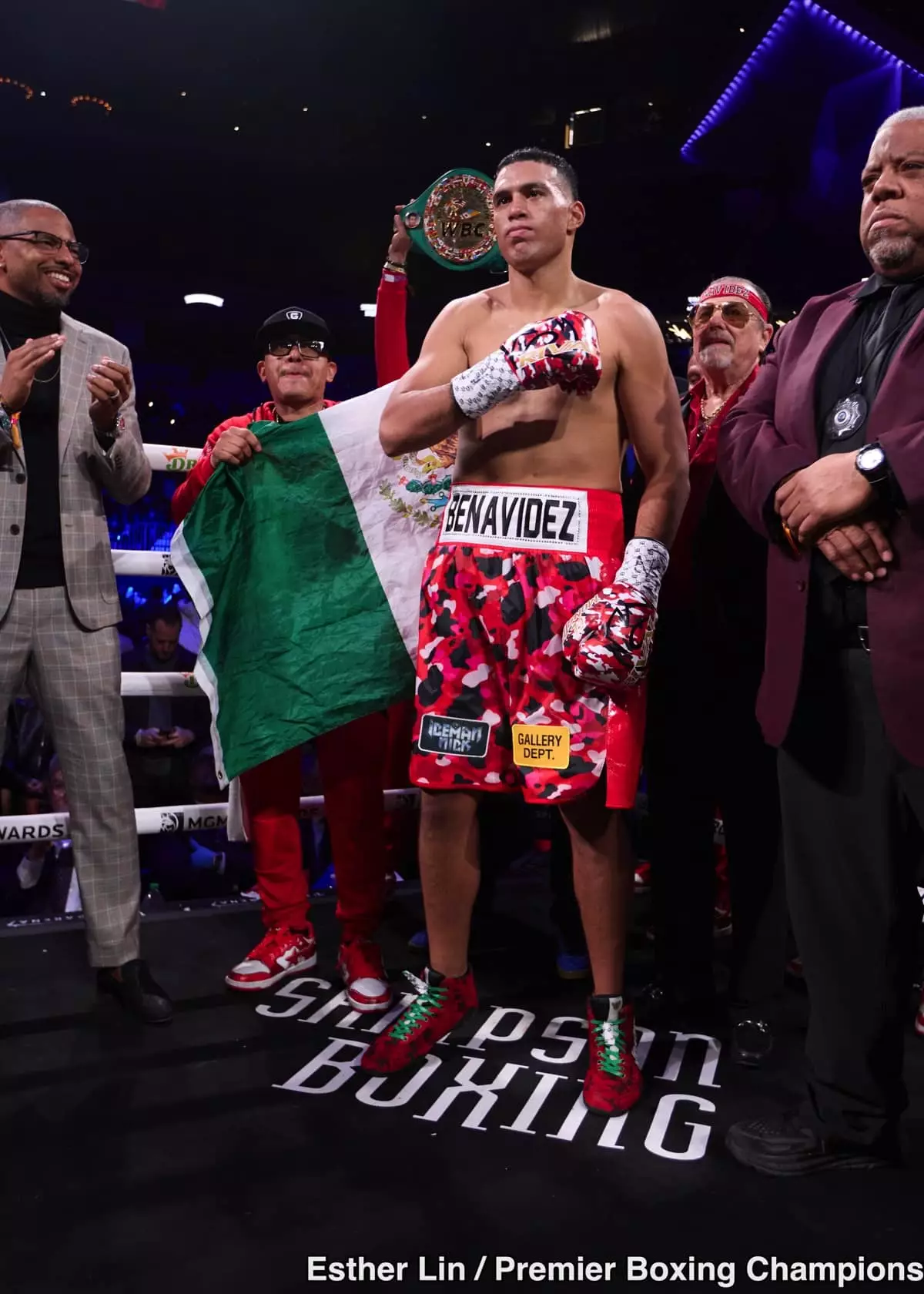In the world of boxing, the narrative around a fighter’s prospects is often shaped by their recent performances and the potential matchups ahead. David Benavidez is at a critical juncture in his career, currently holding an undefeated record of 30-0 with 24 knockouts. As he stands poised to challenge for the WBC belt currently held by Artur Beterbiev, a deeper analysis of his strengths and weaknesses against the formidable duo of Beterbiev and Dmitry Bivol is essential to understand his chances of success.
Benavidez recently secured his position as the mandatory challenger for Beterbiev’s title, thanks to a resounding victory against David Morrell. In that fight, Benavidez showcased his signature high output and combination punching, securing a unanimous decision. However, while he displayed his offensive prowess, the bout raised questions about his defensive capabilities and resilience, particularly as he absorbed significant damage during the fight.
His next anticipated challenge lies against either Beterbiev or Bivol, both fighters known for their contrasting styles and formidable skills in the ring. Stephen Edwards, Benavidez’s trainer, believes that while Benavidez can pose problems for both opponents, he must adapt his fighting style to avoid the traps that Beterbiev lays out for his opponents.
One of the critical issues highlighted by Edwards is the relationship between volume punching and inside fighting. Benavidez excels at landing rapid combinations, particularly when closing the distance. Against Morrell, this strategy yielded success, but it also exposed him to counter-punching opportunities. With Beterbiev, who is celebrated for his power and ability to fight effectively on the inside, Benavidez must strategize how to manipulate the distance. If he stays too close for too long, he risks being caught by Beterbiev’s lethal short punches—an aspect that could drastically alter the outcome of the fight.
Edwards notes that Eastern European fighters, while physically strong, often lack the inside fighting skills that are critical for close-quarters combat. However, this doesn’t imply that Beterbiev is one-dimensional; he famously possesses explosive power capable of ending fights in the blink of an eye. The challenge for Benavidez lies in utilizing his attributes without falling prey to Beterbiev’s strengths.
Before Benavidez steps into the ring with either fighter, there’s a pertinent question regarding how the damage he sustained against Morrell may affect his performance. Each punch absorbed compounds the wear and tear on a boxer’s body, especially when facing opponents known for their punching power. Edwards clarifies that while Beterbiev is methodical and resets his strategy effectively, Benavidez’s ability to unleash combinations is crucial. However, the volume punching strategy that served him well against Morrell could backfire against Beterbiev, who can capitalize on any slowdowns in Benavidez’s rhythm.
Understanding the sinews of a fighter’s strategy becomes essential in this equation: if Benavidez cannot sustain his output without risking knockout punishment, he may need to consider a more varied approach that emphasizes defensive skills rather than pure aggression.
Given the landscape of the light heavyweight division, a fight against Dmitry Bivol is also a looming possibility for Benavidez. The contrasting styles of Bivol’s finesse and defensive acumen against Benavidez’s aggressive volume approach create another compelling narrative. Bivol previously managed to survive and thrive against Beterbiev due to his evasive style, a technique Benavidez might find harder to replicate unless he modifies his own fighting tactics.
The upcoming rematch between Beterbiev and Bivol potentially adds pressure and uncertainty to Benavidez’s plans. A competitive encounter may leave both fighters physically compromised, but it could also sharpen their skills, presenting a more daunting challenge for Benavidez regardless of who emerges victoriously.
The road ahead for David Benavidez promises to be rocky yet rife with opportunity. To genuinely contend with the likes of Beterbiev and Bivol, he must innovate rather than rely solely on his strengths. Adapting his approach to incorporate more defensive tactics, while continuing to leverage his formidable offensive capabilities, will be crucial.
If he can find the right balance between aggression and caution, the fight could unfold in his favor. Conversely, failing to adapt could lead to hazardous outcomes. As the boxing community eagerly awaits his next moves, one thing remains clear: the fight of his life is on the horizon, and how he navigates this challenge will define his future in the sport.


Leave a Reply